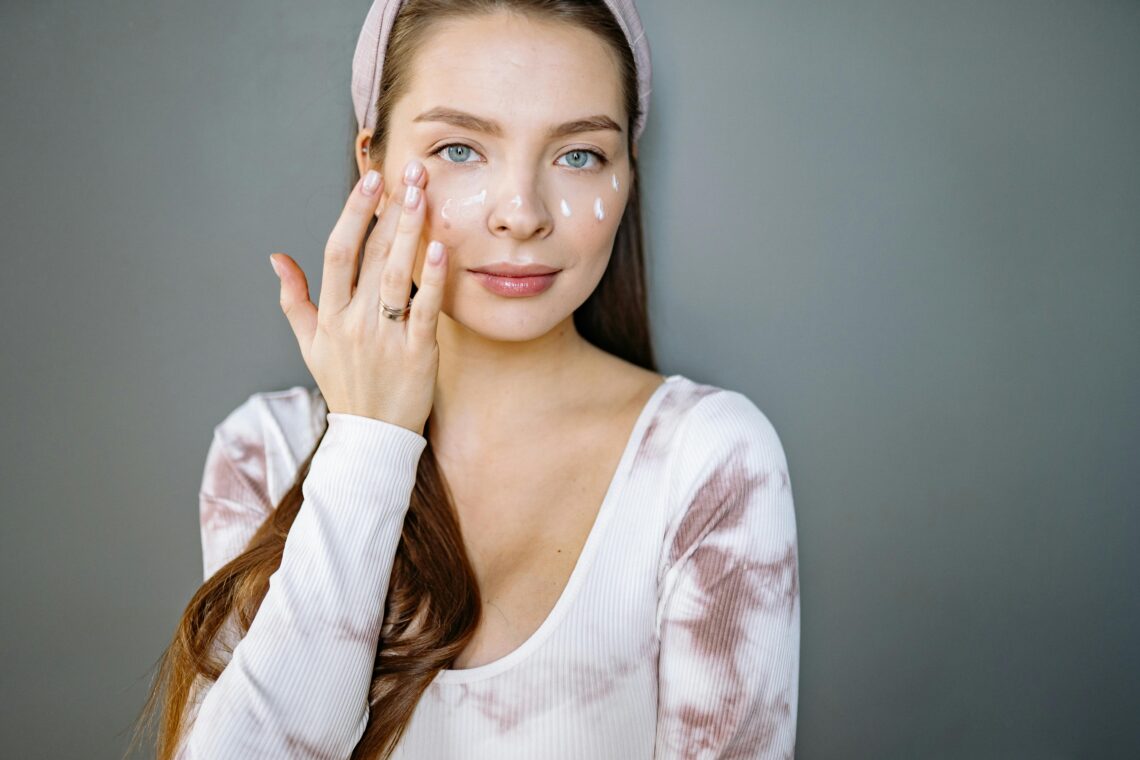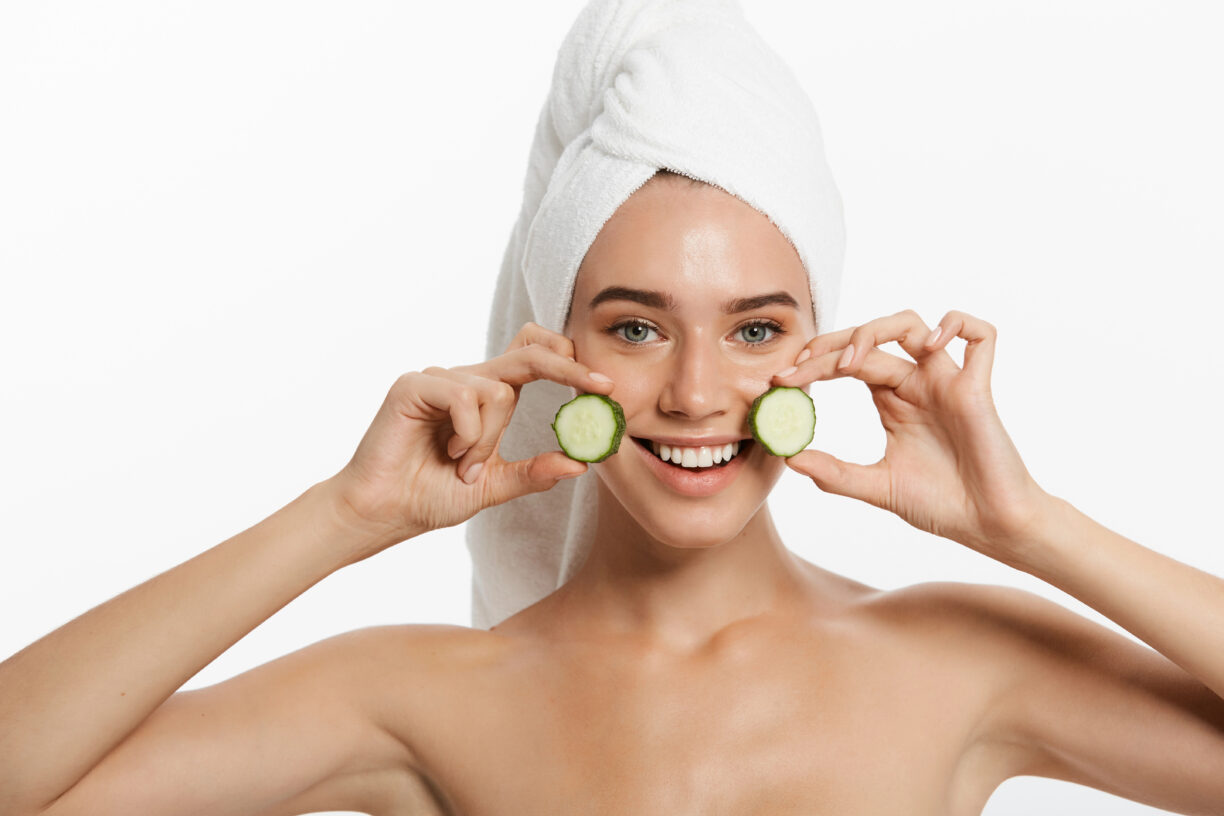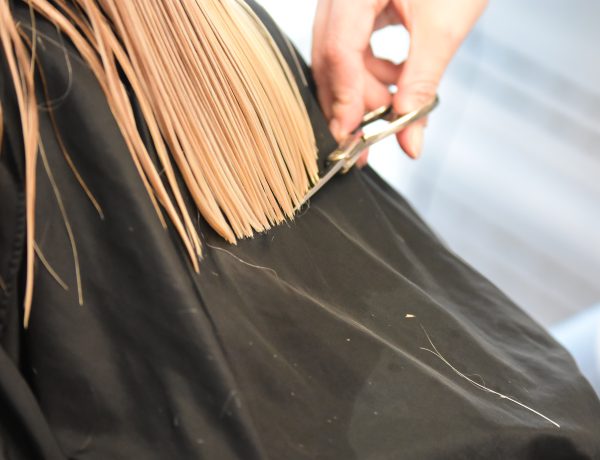Dark circles tend to show up at the worst times. You wake up groggy, glance in the mirror, and there they are—those shadowy arcs under your eyes making you look more tired than you actually feel. They’re not always a sign of poor sleep, though that’s a common contributor. Genetics, allergies, lifestyle habits, and even your skincare routine can play a part.
Before reaching for the thickest concealer in your drawer, it helps to understand what’s actually going on beneath the surface. Most people see better, longer-lasting results when they match treatment methods to the underlying cause. The right approach can reduce discoloration, improve skin texture, and give your under-eye area a more rested appearance.
What Causes Dark Circles?
There’s no single cause—and no one-size-fits-all fix. Sometimes, it’s about blood vessels under delicate skin. Other times, it’s related to pigment, puffiness, or facial structure.
Volume loss beneath the eyes can create a hollowed look, casting shadows that resemble dark spots. Puffiness from fluid retention can worsen the contrast. Allergic reactions and chronic rubbing, especially around the eyes, may also darken the skin. And while lack of sleep doesn’t cause every case, it can certainly make things look worse.
For those dealing with more persistent discoloration, professional treatments can help. Treatments for dark eye circles Singapore clinics offer are similar to what’s available in many parts of the world—customized based on your skin type, symptoms, and what’s actually causing the discoloration.
Below are eight practical strategies—ranging from daily habits to in-clinic options—that address different types of under-eye discoloration.
1. Adjust Your Sleep Setup
Too little rest can lead to paler skin, making blood vessels more visible. Fluid buildup from poor sleep posture also contributes to puffy eyelids and shadowing.
Use an extra pillow to elevate your head slightly while sleeping. It encourages fluid drainage and may reduce morning swelling around the eyes. Combine that with seven to nine hours of quality rest each night, and you’ll likely see improvement over time.
2. Use Cold Compresses (Correctly)
Cold helps constrict blood vessels and reduce swelling. For a basic fix, apply cold compresses for 10–15 minutes. Make sure whatever you’re using—a chilled spoon, gel mask, or soft cloth—is clean and not too harsh on your skin.
Avoid placing ice directly on your under-eye area. Always use a barrier like a paper towel or cotton pad. Done regularly, this simple trick can tone down puffiness and mild discoloration.
3. Choose Eye Products That Work
Some eye creams promise the world and deliver very little. Look for ones with active ingredients like caffeine (to shrink blood vessels), peptides (to improve firmness), and vitamin C (to brighten pigmentation). Niacinamide is another solid pick—it helps with discoloration and strengthens the skin barrier.
For texture and tone improvements, retinol-based products (at lower concentrations suitable for the eye area) can promote collagen production. Just be cautious with retinol if you have delicate skin; start slow and use it only at night.
4. Try Cucumber Slices (But Know Their Limits)
There’s some truth behind the classic cucumber slices trick. Cucumbers are mostly water, and the cool temperature can temporarily soothe inflammation and reduce puffiness. However, their effect on pigmentation is minimal.
Think of this as a temporary, feel-good step—not a standalone solution. Use it in combination with other options for better results.
5. Reevaluate Lifestyle Factors
Your daily choices matter. High alcohol consumption, for example, dehydrates the skin and makes under-eye circles look more pronounced. Diets high in salt can lead to fluid retention and worsen puffiness.
Staying hydrated, managing stress, and eating a nutrient-rich diet support overall skin health. If you smoke, quitting can also help restore skin thickness and improve circulation over time.
6. Explore In-Office Treatments
For more stubborn dark circles, professional care often delivers faster and more dramatic results.
- Laser therapy targets pigmentation and improves skin texture. Different wavelengths are selected based on whether the cause is blood vessels or melanin buildup.
- Chemical peels can treat surface-level pigmentation. These usually work better on lighter skin types and require downtime depending on the strength used.
- Dermal filler is useful when hollowness and shadowing are the main issues. A skilled injector will use a hyaluronic acid-based product to add volume and smooth the transition between the lower eyelid and cheek.
Each treatment comes with pros, cons, and a different recovery time. It’s not about doing all of them—it’s about choosing what fits your specific situation and goals.
7. Don’t Overdo Eye Products
Using too many serums or creams, especially in the same area, can backfire. Some ingredients don’t mix well and may cause irritation, which can lead to more pigmentation. Allergic reactions can also manifest as redness, swelling, or long-term discoloration.
Stick to one or two trusted eye products and give them time to work. Patch test new items, and avoid formulas with strong fragrances or alcohols if your skin tends to react easily.
8. Wash Your Face With Warm (Not Hot) Water
Warm water is gentler on the skin barrier than hot water, which can strip away natural oils. Since the under-eye area doesn’t have as many oil glands to begin with, protecting that barrier helps maintain elasticity and smoothness.
Use a soft cleanser and avoid aggressive scrubbing. Pat dry instead of rubbing. These small adjustments can reduce long-term irritation and prevent issues from getting worse.
Conclusion
Dark circles don’t always go away overnight. Some causes are out of your control, but others respond well to consistent care and lifestyle adjustments. Combining smart habits with the right topical or clinical treatments makes a noticeable difference for most people. Pick the approach that fits your needs and give it time—you’ll likely see the shift, even if others don’t comment on it right away.
Read more lifestyle articles at ClichéMag.com
Images provided by Deposit Photos, BingAI, Adobe Stock, Unsplash, Pexels, Pixabay & Creative Commons



